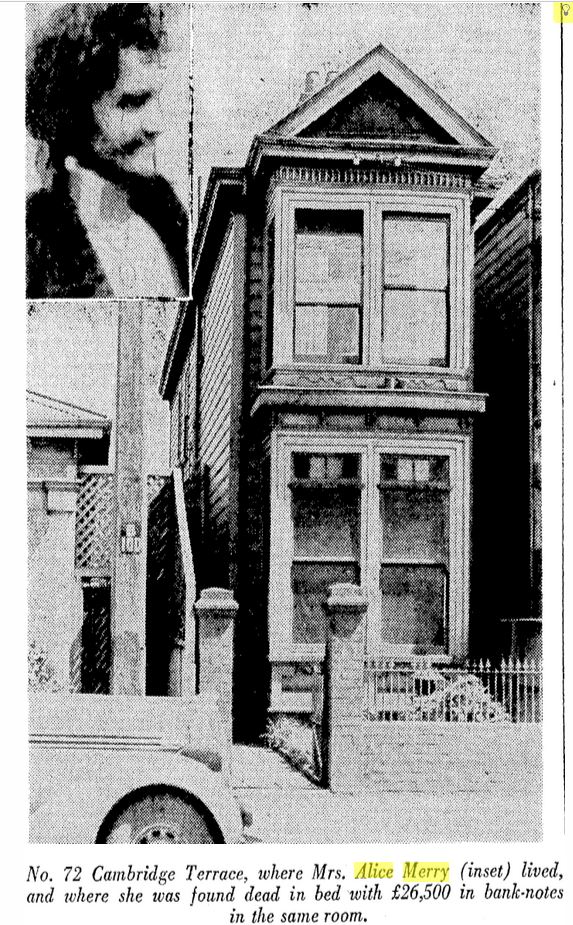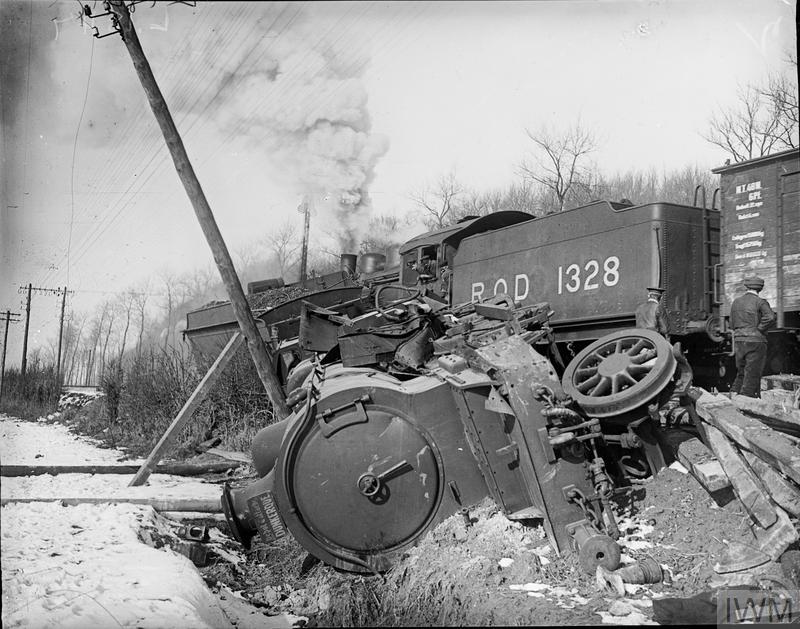George Snaddon was born in 1860 in Sauchie, Clackmannan in Scotland. After the death of his father Paul in 1880 he and his siblings lived with his married brother’s family….

John Gammell
John was a graduate of London University and achieved special distinction in classics and Hebrew. At New College he came under the influence of one or two professors who held…

Phoebe Myrtle Love
Phoebe was born in 1870 on Mana Island, the daughter of Cornelius Fisher and his wife Elizabeth (nee Edwards). Her parents were married at Wellington in 1855 a year after…

Sarah Hagan
Sarah Hagan was born in 1873 in Wellington. Her mother Elizabeth Fisher née Edwards had been married to Cornelius Fisher, and had eight children with him, and they seperated around…

Duncan Munro
In early February, we were happy to help a couple visiting from Scotland who were searching for the plot of a great uncle, Duncan Munro. With a bit of team…

Wiremu Tamati & Hana Te Wera
He Whakamaharatanga Tenei Mo Tamati Wiremu Te Wera (1824-1903) Hana Te Awhitu Te Wera (1831-1923) Tamati and Hana were one of the last Māori living in Te Aro Pa. They…

John & Alice Merry
John was born in Lincolnshire, England in 1851. His parents were John and Harriett (nee Smith). He married Alice Powell, a native of Truro, England in 1880 in Wellington, New…

Thomas Holly
Thomas Edward Holly / Holley Thomas was born in 1879 in Kensington, London. His father Henry was a hydraulic machinist who worked for Great Western Railway. Thomas was first employed…

Susannah Starr
Susannah was born in 1857 in Enfield, Middlesex, England. She was the daughter of John James & Susannah Deadman (nee Waterman). John worked as a labourer and later a gunmaker,…

Sydney Christmas
Sydney Alderton Christmas was born in Timaru in 1879. His parents were John (Jack) Christmas and his wife Annie nee Woods. He was one of six Christmas children. In 1907…

